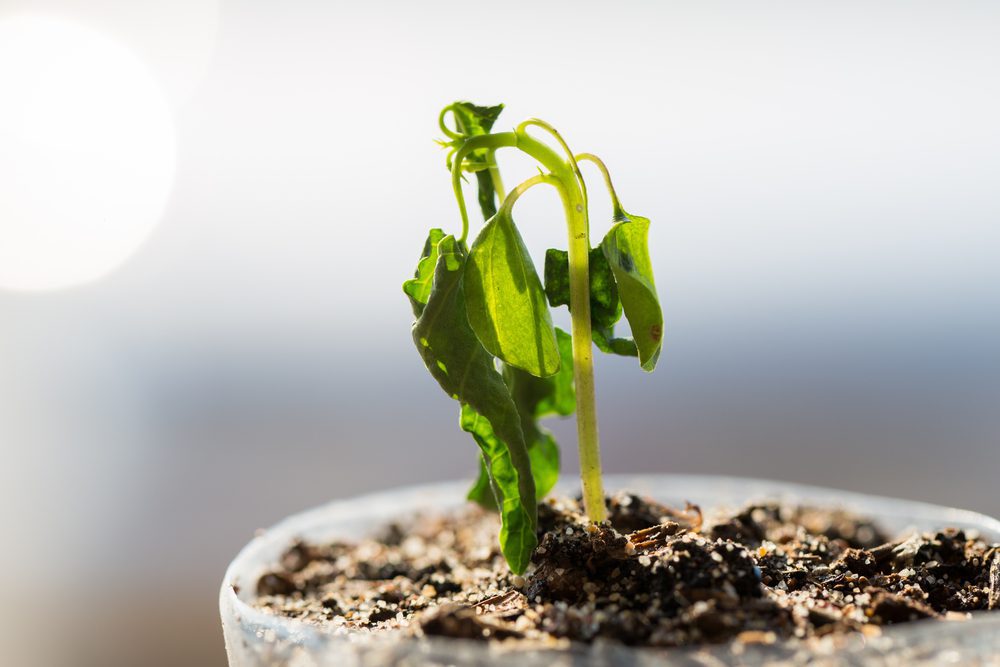Beyond Perception: The Vibrant Dialogue Of Stressed Plants In Silence
Plants, often perceived as serene and silent, may hold secrets that challenge our understanding of their world. Recent research suggests that stressed plants communicate in ways that are imperceptible to the human ear but vital for their survival. These revelations hint at a complex web of interactions among flora that goes beyond the visible.

Plants are equipped with an intricate signaling system that helps them respond to environmental stresses, such as insect attacks or drought. In times of stress, plants emit volatile organic compounds (VOCs) into the atmosphere. These compounds serve as chemical messengers, notifying neighboring plants of potential threats or challenges.
They act as a form of plant-to-plant communication, allowing healthy neighbors to preemptively activate defense mechanisms.
However, humans are generally unable to hear these “screams” of stress due to the limitations of our auditory range. The frequencies at which plants emit their VOCs are typically too high-pitched for us to hear. This revelation prompts a reevaluation of our understanding of plants as passive organisms. Instead, they appear to engage in a dynamic dialogue, alerting each other to imminent dangers and collectively adapting to changing conditions.

The implications of this communication network extend beyond the world of plants. Researchers are delving into the potential applications of these findings, from more effective pest management strategies in agriculture to enhancing our understanding of ecosystems and their resilience.
Through acknowledging the intricate reactions of plants, we develop a more profound understanding of the interdependence of life on our planet. This emerging area of research serves as a reminder that our grasp of the natural world is constrained by our senses and the instruments at our disposal for observation.
